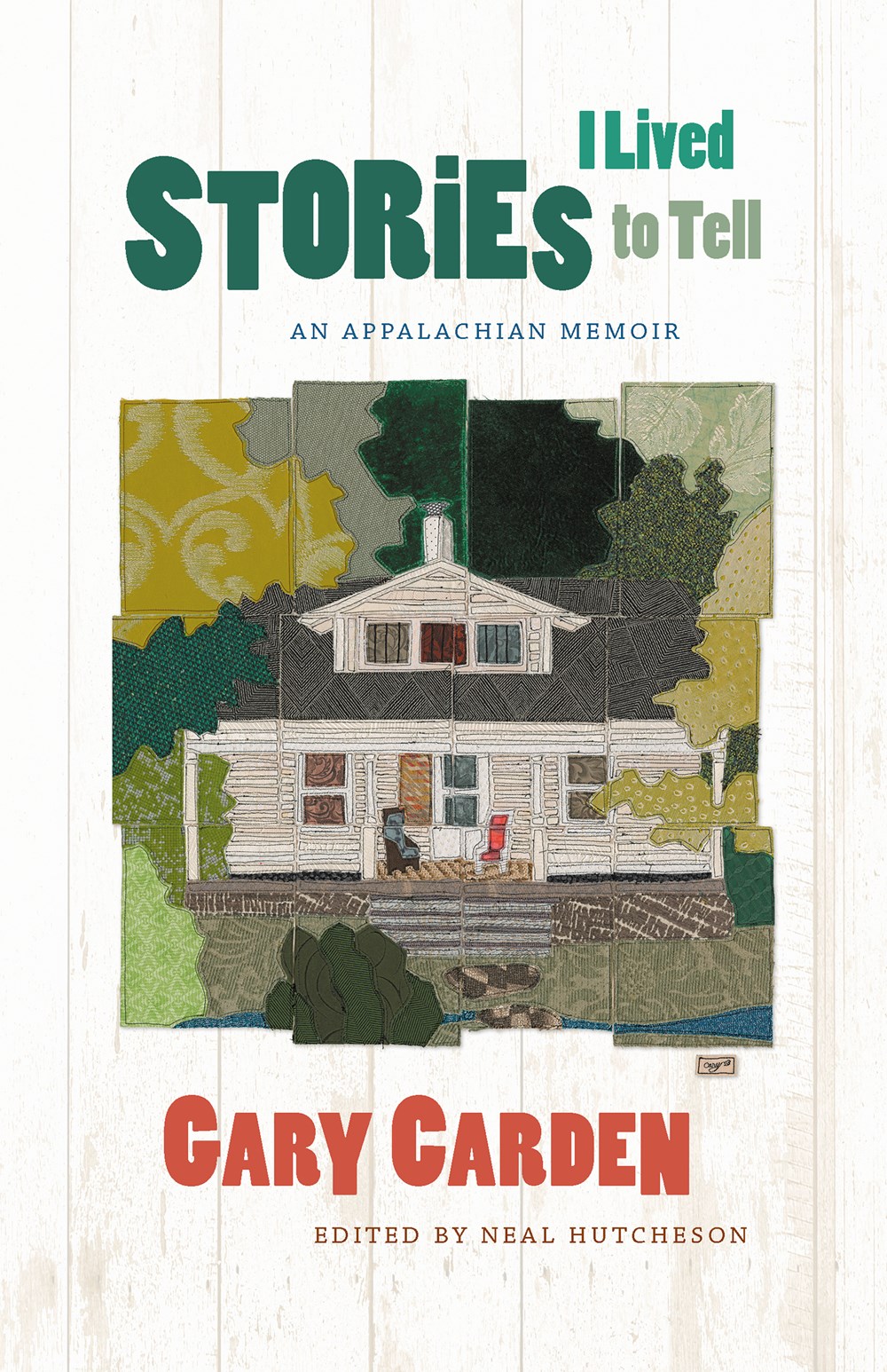“Sad Grownups” Explores What Sadness Says About Life
Rechercher dans ce blog
- janvier 20263
- décembre 202510
- novembre 20259
- octobre 202515
- septembre 202518
- août 202516
- juillet 202519
- juin 202515
- mai 202519
- avril 202515
- mars 202518
- février 202515
- janvier 202511
- décembre 202412
- novembre 202414
- octobre 202419
- septembre 202419
- août 202415
- juillet 202419
- juin 202418
- mai 202417
- avril 202418
- mars 202421
- février 202417
- janvier 202412
- décembre 202314
- novembre 202315
- octobre 202319
- septembre 202318
- août 202318
- juillet 202314
- juin 202317
- mai 202317
- avril 202311
Qui êtes-vous ?
Recent in Technology
“Stories I Lived to Tell”: A Memoir Told in Bite-Size Anecdotes
In a world that the media would have us believe is more divided than ever — between rural and urban, and progress and tradition — Gary Carden welcomingly invites everyone into his lifetime spent in Appalachia, without pretense and free of sugarcoating. Stories I Lived to Tell, a memoir arranged almost like a short story collection, is told in bite-size anecdotes that come one after another, like someone riffing and reminiscing on tales from their past while weaving in their thoughts in the present.
The entirety of this brief tome of tales is set around Sylva, North Carolina, the Appalachian community where Carden, now nearing 90, grew up and continues to live. Generally short in length, the tales primarily comprise pivotal or fond moments from Carden’s boyhood, memories of his family members – particularly his grandmother and grandfather, who raised him – and reflections, piecing together what was, what is now, and what he has realized along the way.
Carden’s age very much factors into his storytelling approach, as it is apparent he is now at a vantage point from which he can look back across a lifetime and readily reflect. The stories are told in such a way that it is easy to imagine you are sitting alongside Carden for a stretch of time while he regales you with his life’s tales. There are no section breaks, and the stories are arranged (seemingly) in no particular order, lending to an informal and free-flowing reading experience.
This approach seems fitting for Carden, for whom, according to Neal Hutcheson in the book’s introduction, “the telling of stories has been the only way forward for him, a lifeline, a negotiation with reality and a means for survival.” Hutcheson, a documentarian who worked on a project filmed in Carden’s grandparents’ house over the course of nearly 25 years does admit, however, that “the stories collected here, in another medium, can’t replicate the experience of hearing [Carden] tell stories extemporaneously.”
That nagging sense that this may not be the medium best-suited for these stories does linger throughout reading. Carden himself seems like the central piece lighting up and holding together these stories. Carden does certainly show up on the page with a strong tone and point of view, but without his actual voice animating them, some of the spark that is likely there for his live storytelling sessions is lost. Perhaps the free-flowing structure and loose organization works when face-to-face, but it is not as easy to sink into when it’s just you and the page.
Still, it is refreshing to read about Appalachia with no set agenda or central thesis, especially given how political books with this setting can tend to be. Rather, Carden’s memoir offers simply the point of view of a man born and raised in that world that many of us in America do not actually have a real grasp of, opening up the shutters and letting us peer on in. He does not withhold his honest thoughts, but he also doesn’t ask for anyone’s pity for hardships he and his family have experienced. Recounting the tragic story of his parents, for instance, Carden writes, “This story is so bleak and grim, it is almost comical. How could one human being experience so much tragedy and still struggle to hope for resolutions and happiness. But, so it is.”
And even though, in some moments, Carden paints himself as a curmudgeonly old man – he tells one tale about a waitress addressing him as “Mr. Grumpy” – that attitude, that absolute admiration for humanity, still manages to break through.

NONFICTION
Stories I Lived to Tell
By Gary Carden
The University of North Carolina Press
Published August 20, 2024



0 Commentaires